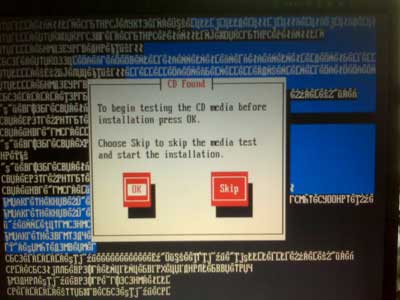Perhaps I should have stopped here...
Recently I picked up a new battery on Amazon for my ancient Sony VAIO XG-19. I used to use it to VPN into Microsoft to work from home, but that meant running XP Pro, which is not terribly pleasant with 256MB of RAM. So, I could either use the original restore CDs to put Windows 98 back on, or I could free it from the chains of Microsoft (and complete hardware compatibility, but who needs all those ports and drivers anyway…).
First up was OpenBSD 4.1, which I’m quite fond of for firewalls and hostile-universe-facing servers. I didn’t expect much, and certainly the manual package retrieval and dependency tracking is a pain in the ass when configuring it as a desktop, but it worked, and I only had to tweak one line in the supplied xorg.conf to get it running. VLC wasn’t terribly happy about my limited video memory and pathetic CPU, but I wasn’t really expecting a multimedia powerhouse. There’s only so much you can do with a 650MHz Pentium III.
Fedora 7 blew chunks.

It actually made it all the way through if I forced it to install in text mode, but the same DVD I installed the OS from couldn’t be mounted after the install finished (to add Emacs, of all things, which was inexplicably missing from the selected packages), and the first reboot after the install locked up good and hard after loading the Sony JogDial driver.
I have no desire to ever look at Ubuntu again, so I suppose I’ll give the latest Debian a try before going back to a BSD variant.
[Update: Debian 4.0 installed just fine, and after tracking down the magic to get the synaptics driver to stop accepting taps as double-clicks (blech), setting the right options for the neomagic video driver, and locating the libdvdcss2 package, it’s running fairly well. DVDs actually look pretty good, and the drive is old enough not to require a region-unlocking firmware update. The downside: modern Linux distributions install more crapware than Sony does. Oh, and I still needed to install Emacs myself…]